FORT-DE-FRANCE, MARTINIQUE – Arriving in Martinique is like taking a big step into Europe, spiked with a large dose of Caribbean flavour. Strange as it may seem, arriving here means that you are entering the French Republic and visiting a far-fluent corner of the European Union, where the local currency is the euro, and the people speak French.
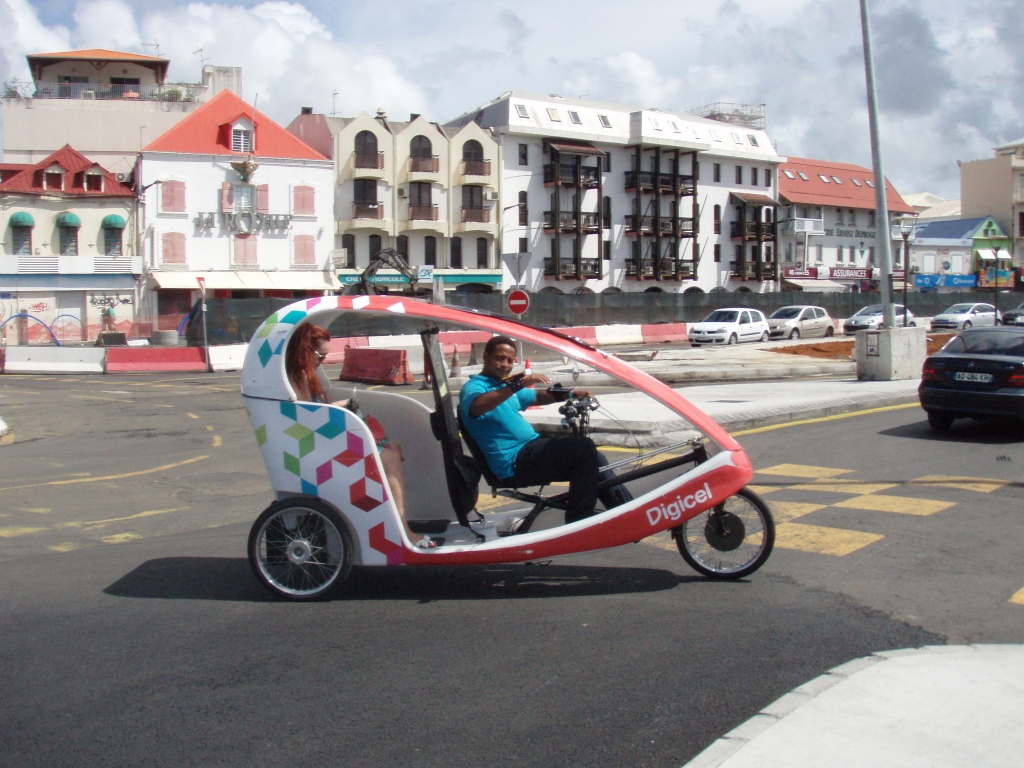
It may not feel much like it to begin with, but, this Caribbean island politically and constitutionally are part of France. Since 1946, when it’s people voted to become an overseas department, Martinique, like Guadalupe, has been a little tropical piece of Europe. Its people are French citizens, enjoying the same rights as any other ‘citoyens’, and in many face just act like their European compatriots, but with one major exception – they are also Caribbean.
As you travel about the island you will notice how European it is, compared with other islands, the well-maintained roads, signs and industrial zones the villages and towns with their churches, squares and town halls. But, the difference is that they are centred around a bay, edged with black beaches the further north you go, and white beaches to the south. The church and square lead onto a promenade and jetty jutting out into the bay, where each fishing community hauls in their catch and sells it in the beachside pavilions. Here you can hear the locals discussing the state of the world in Creole, a French – based dialect. The Empress Josephine Napoleon Bonaparte’s first wife, was born in Martinique in 1763. It is believed she was behind her husband’s decision to reinstate slavery in 1802, after it had been abolished during the French Revolution.
Many cruise ships arrive in Fort-de-France, the islands main port and capital, a city of more than 200. 000 inhabitants. Some dock in the commercial port, to the east of the city, and in-attractive expanse of wharves, cranes and modern buildings.
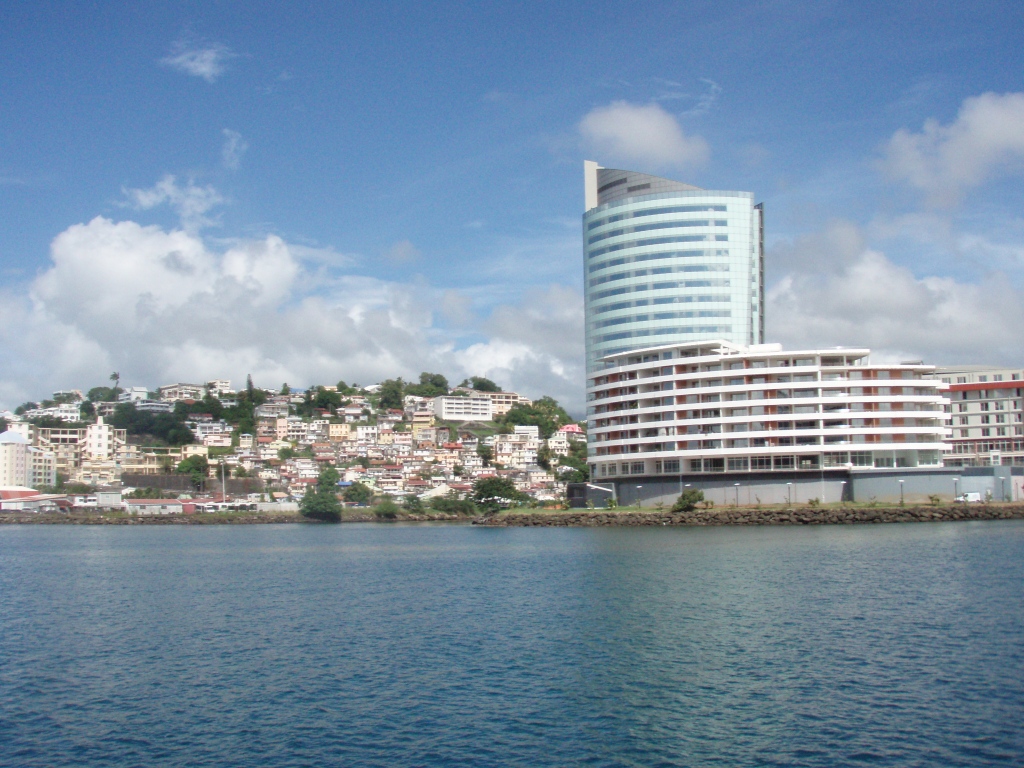
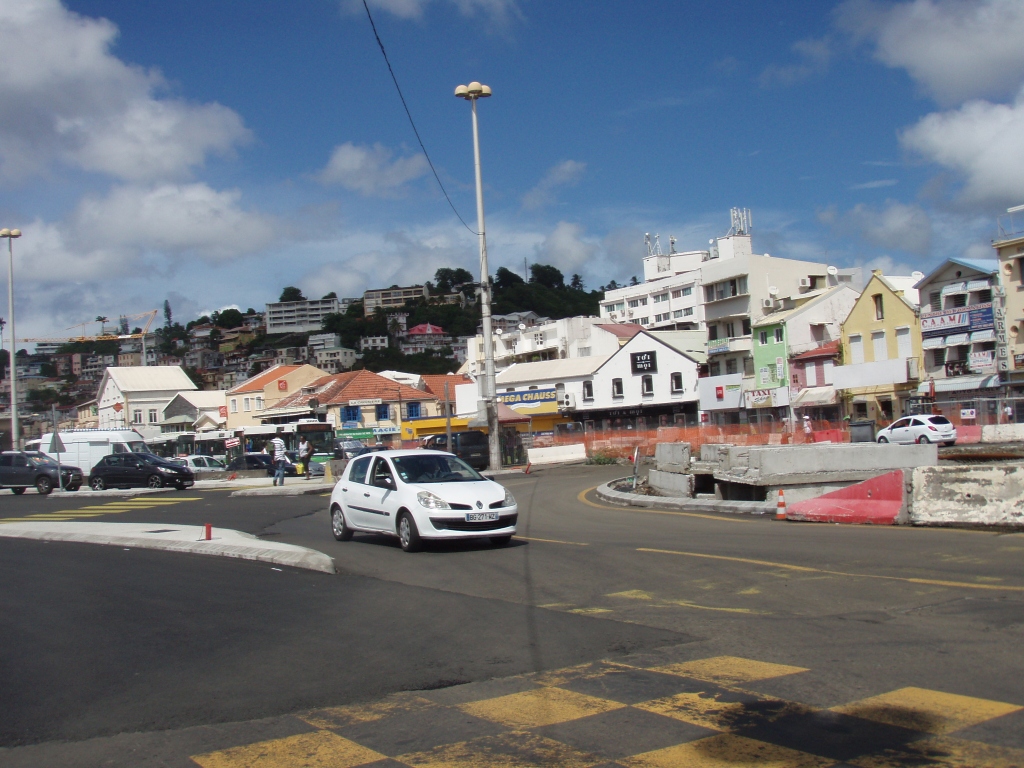
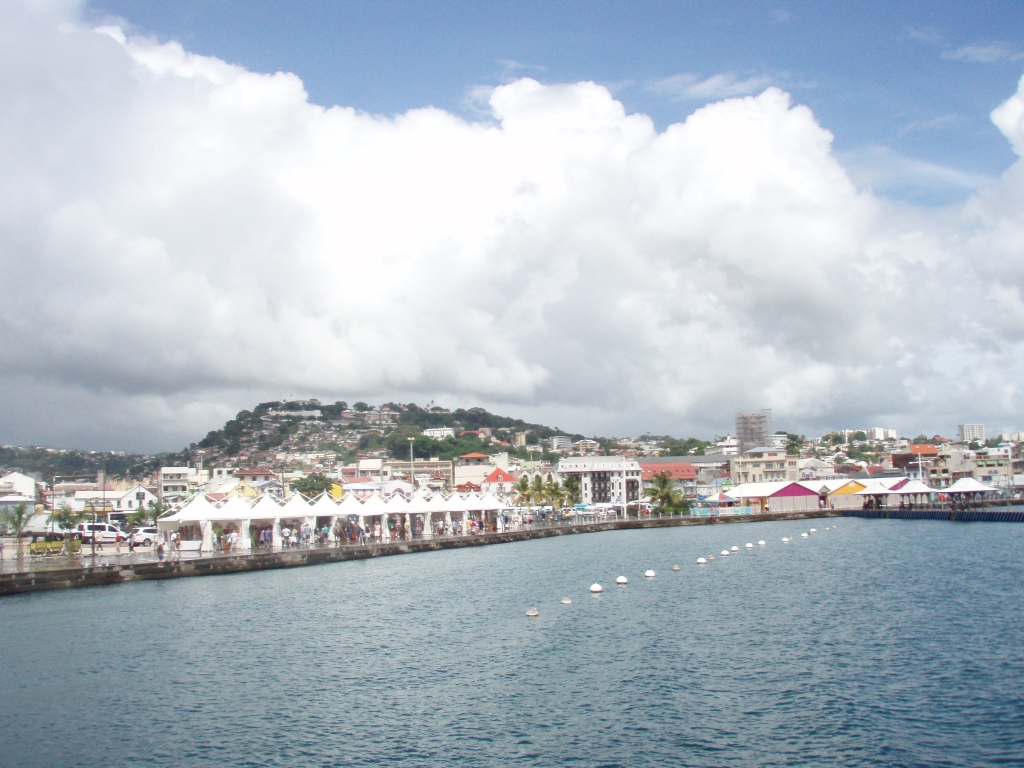
Depending on the traffic, using a taxi ride, you can reach in a matter of minutes in the bustling and unmistakably French West Indies, flavoured shopping streets of the capital. There is little to keep you at your hotel and it is better to head straight out on to Boulevard Alfassa, the road running parallel to the waterfront, where you will find plenty of public minibuses to take you to different parts of the island.
Like most Caribbean travel destinations Fort – de – France has had its fair share of fires, earthquakes and other natural disasters, so there are many modern structures among the most interesting 19th century buildings.
What hasn’t changed, however, is the greed of narrow streets, which are constantly jammed with traffic. Numerous small boutiques selling the latest Paris fashions are tucked between shabby shops offering local crafts and commodities. Crossing the pedestrianised rue de la Republic and rue Victor Schoelcher is rue Victor Hugo, where a couple of small shopping malls offer an impressive array of designer perfumes and clothing. Elsewhere, you will find good- quality jewellery, glassware and paintings.
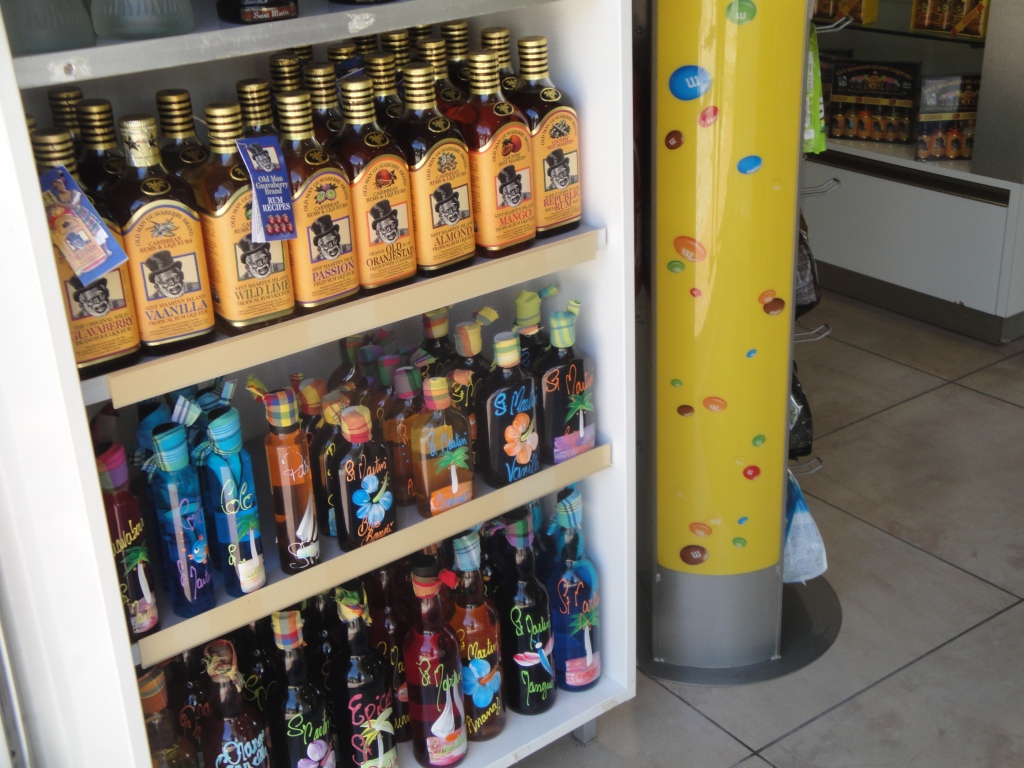
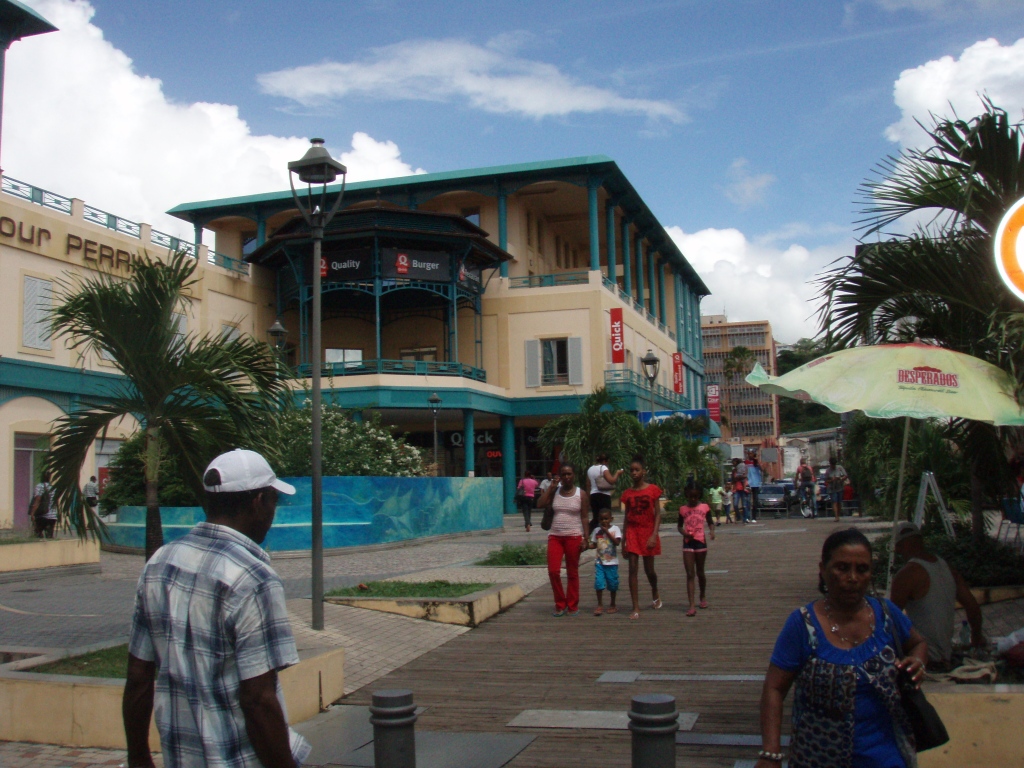
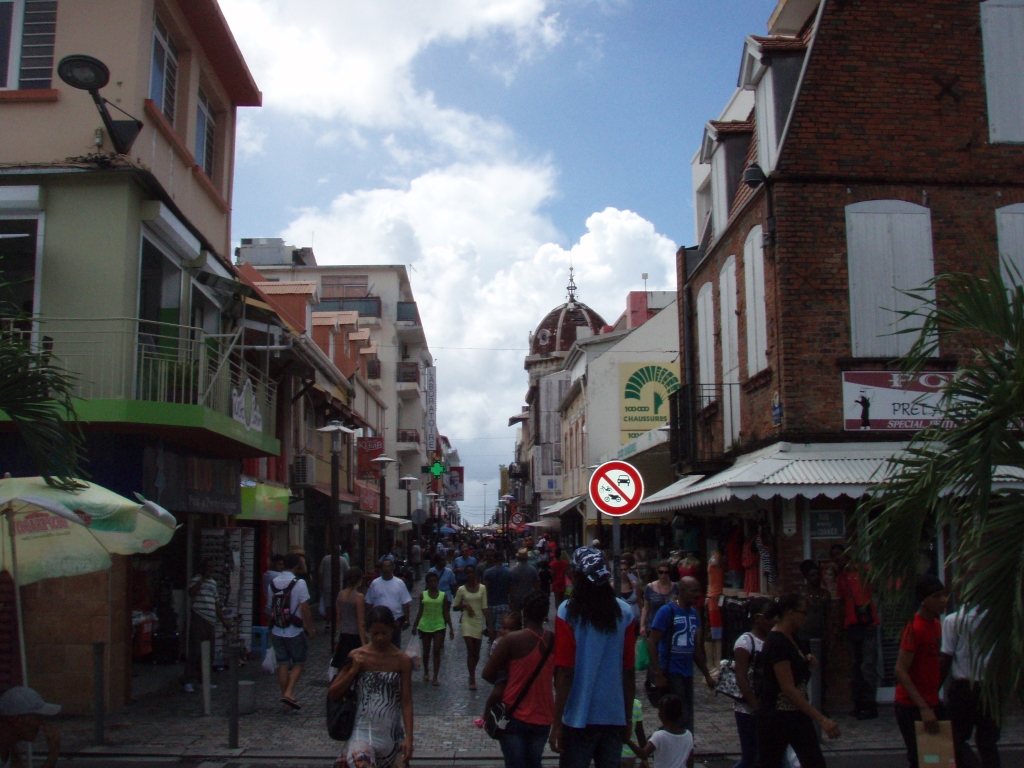
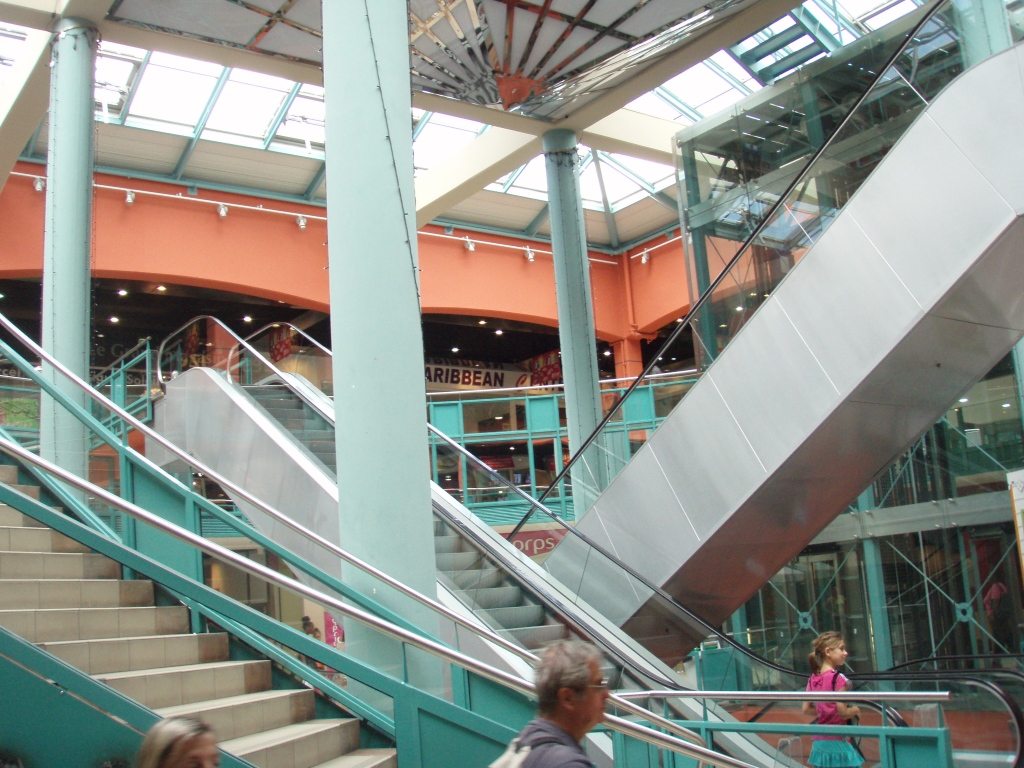
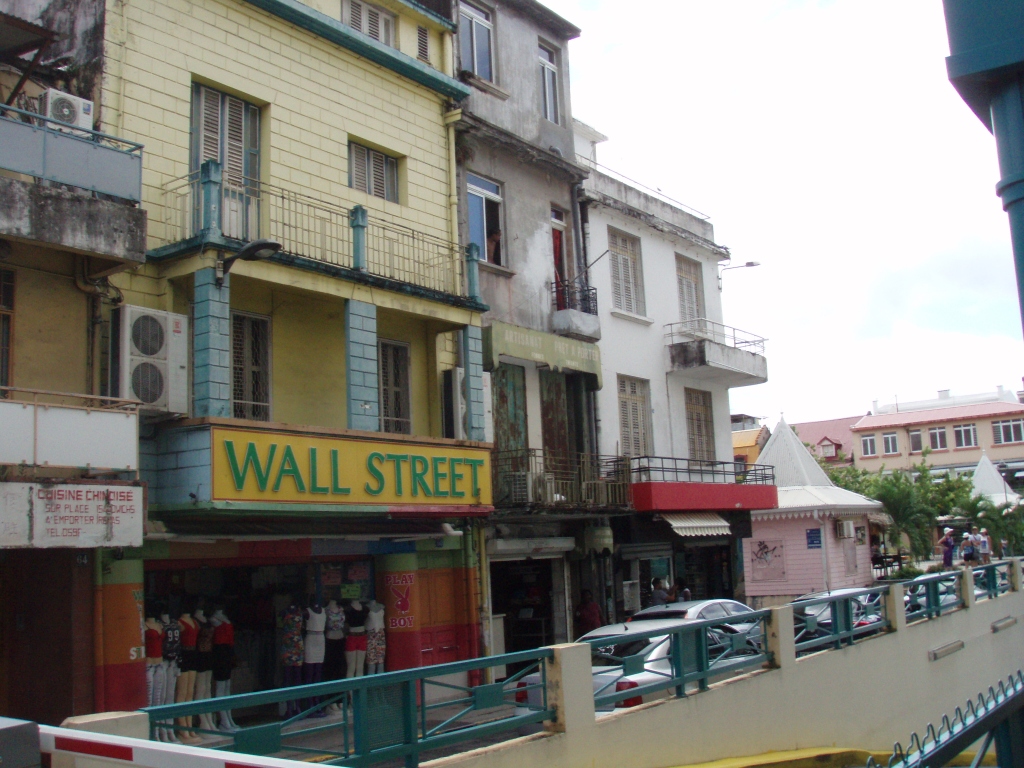
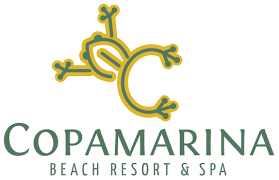
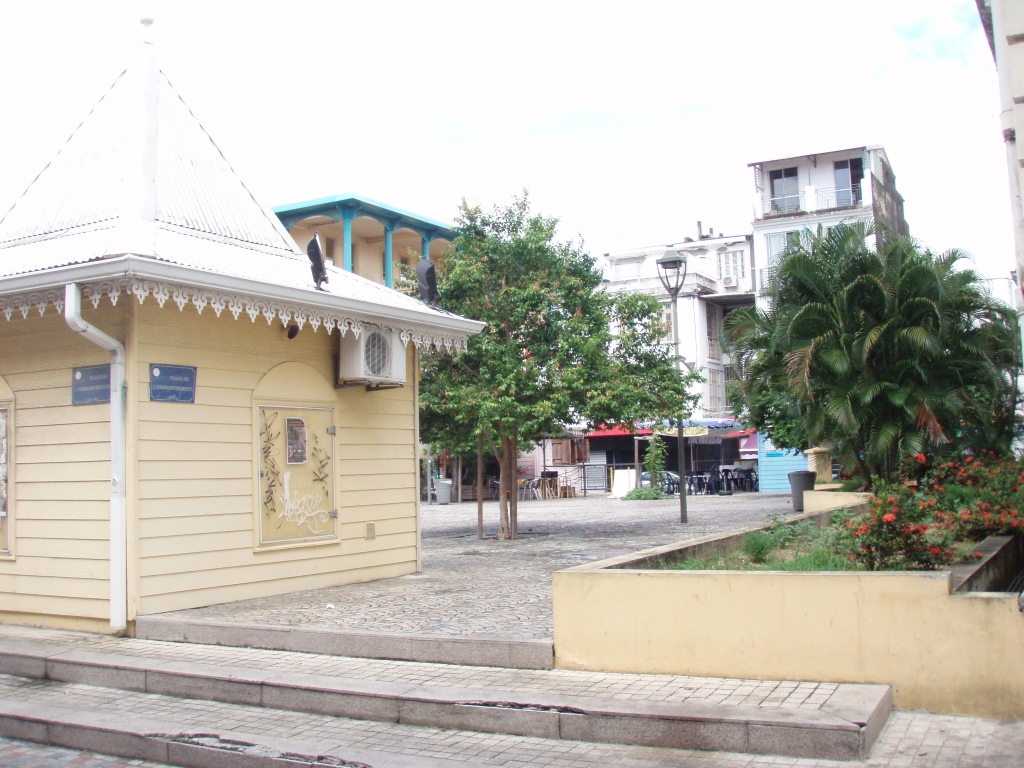
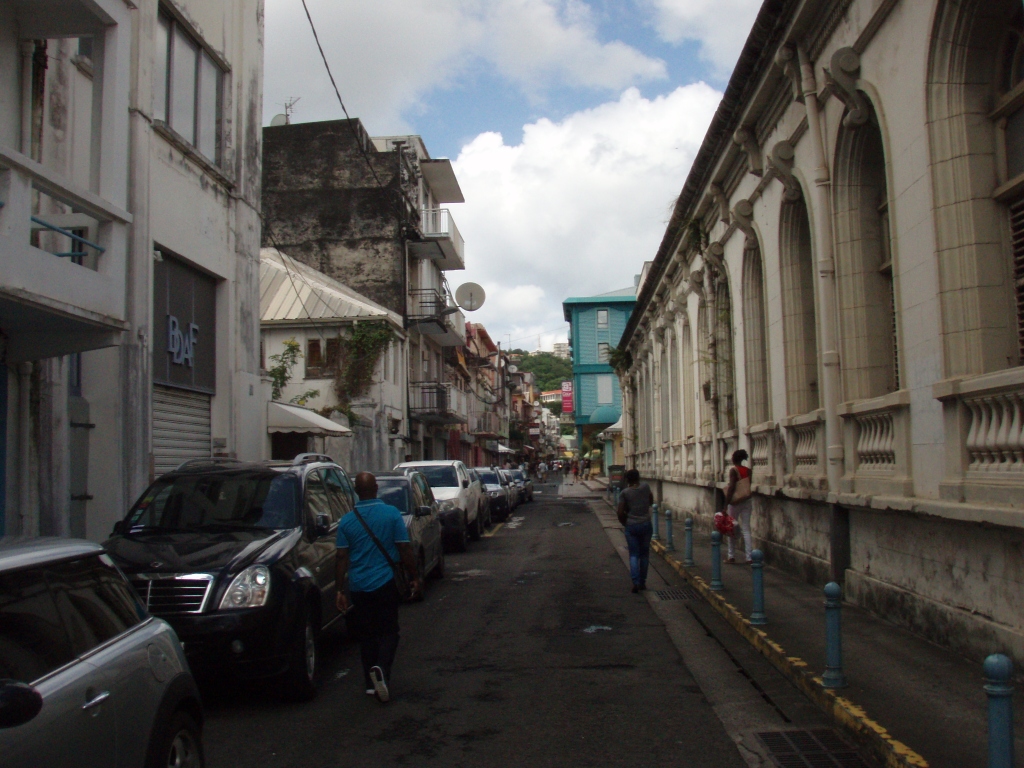
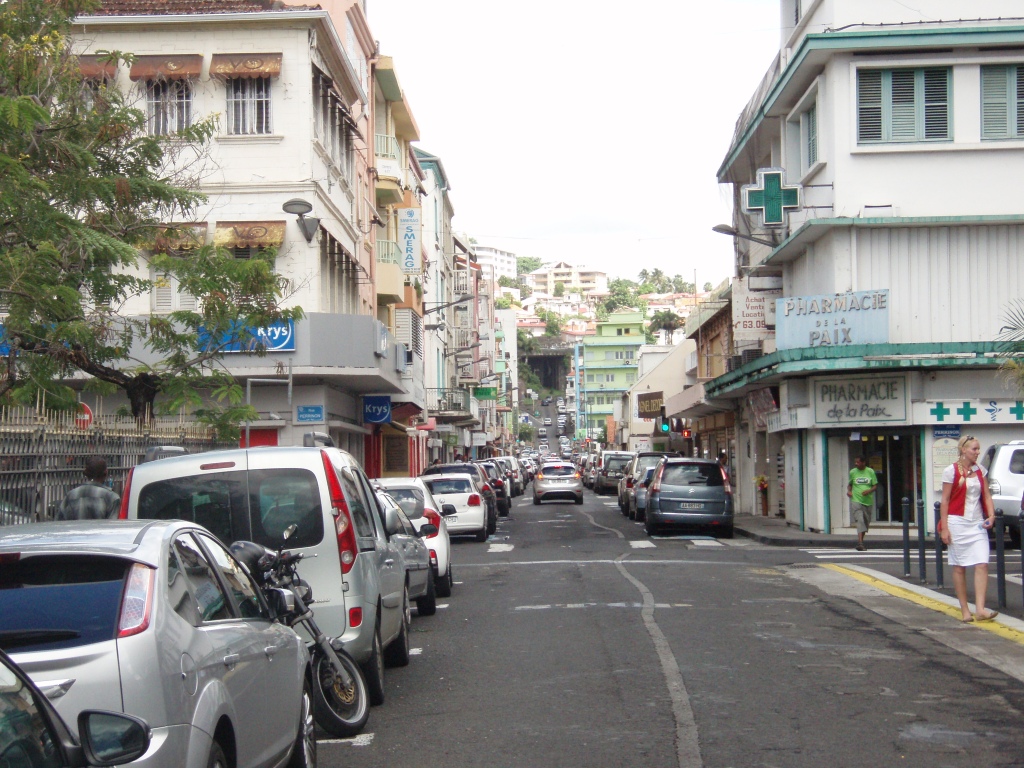

The centre of Fort-de-France can be explored comfortably on foot in a couple of hours, and there will still be time for a leisurely meal at one of the city’s many excellent restaurants. One of my favorites, ‘accras’, – deep-fried fritters stuffed with prawns or salted cod.
No French town would be worth it’s salt if you didn’t have a market or two, and Fort-de-France has its share. The busy open-air markets, which operate all day everyday, are most colourful on Friday and Saturday. The fish market takes place from early in the morning until dusk on the banks of the Riviere Madame, a 15-minute walk north of the Pointe Simon ship terminal. There, and in the adjacent fruit and flower market, you will be dazzled by the high decibel sounds of the Creole patter, smells and colours, all of which testify to Martinique’s exalted culinary reputation. The nearest market to the shore, the Grand Marche, has a few vegetable stalls and vendors in Martinique dress, mostly selling crafts, spices and souvenirs. Occasional buildings stand out as a reminder of Martinique’s long French history. Some houses have ornate gingerbread fretwork, a style imported from Louisiana in the 19th century, intricate wrought ironwork and pretty pastel colours.
Most eye-catching, perhaps, are two buildings credited to the architect Henry Pick, a contemporary of Gustave Eiffel and, some claim, the true designer of the Eiffel Tower.

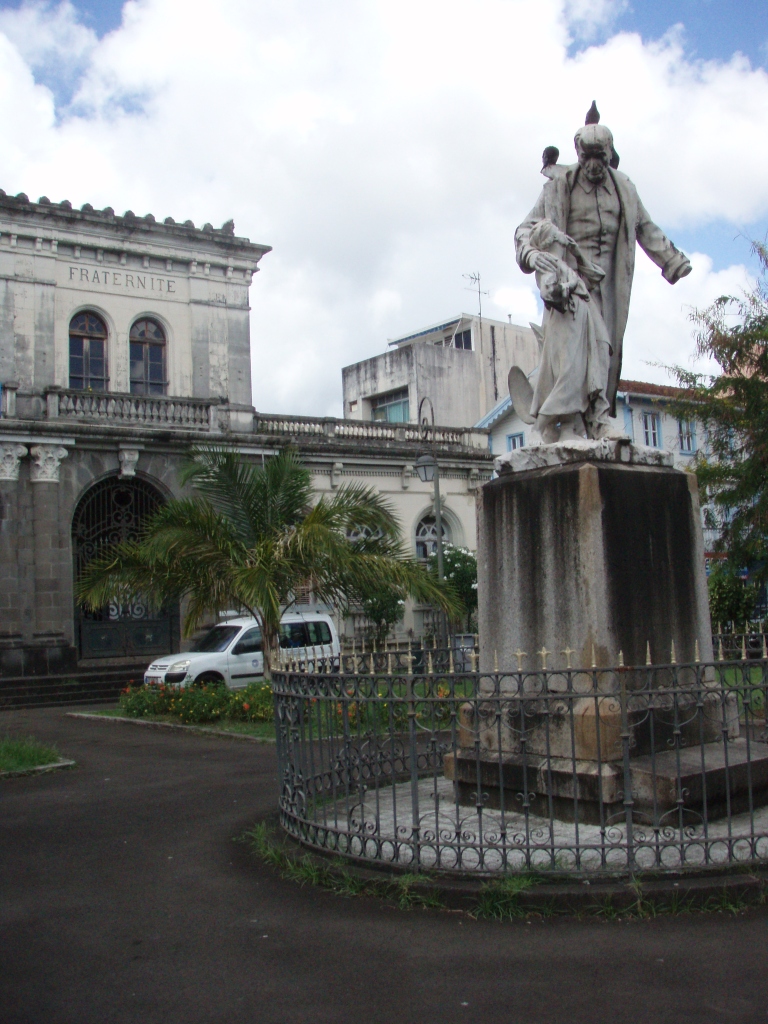
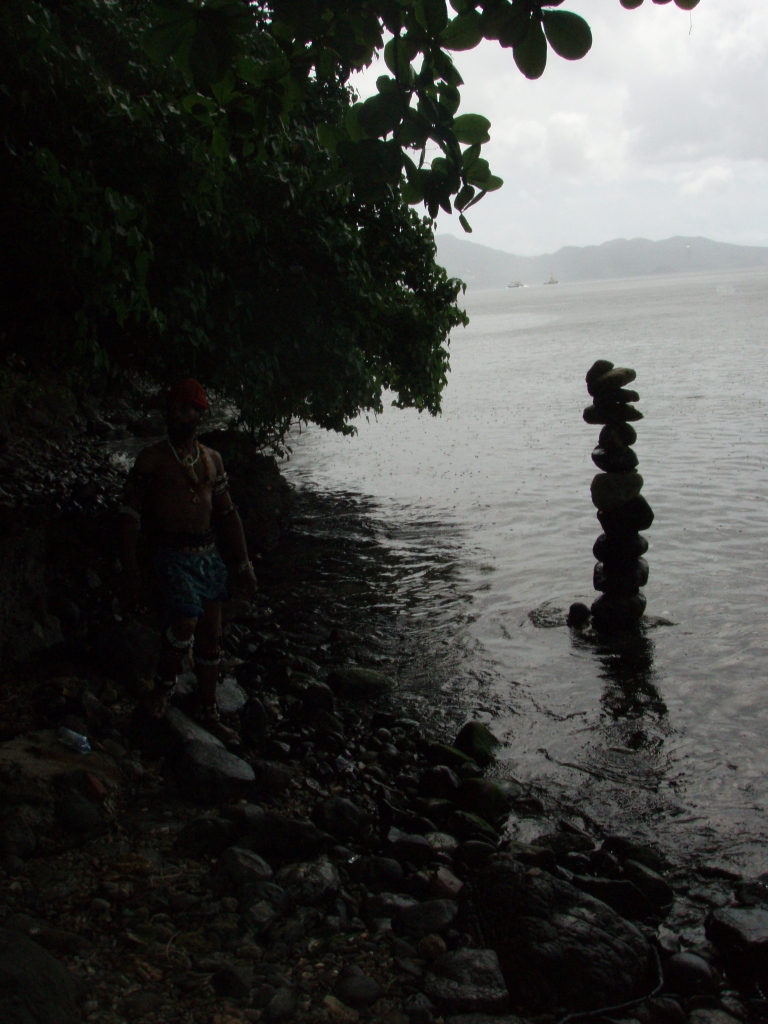
The Romanesque style St. Louis Cathedral, on rue Schoelcher, hints at the architect’s love affair with metal girders and joists, its steel-reinforced spire rising 60 metres into the sky. Built in 1895 to withstand any earthquake, this strange blend of tradition and innovation, known as the ‘Iron Cathedral’, has a cool interior and fine stained-glass windows.
A couple of streets further east stands Pick’s other lasting contribution to the capital’s exotic architectural heritage. The imposing library, ‘the Bibliotheque Schoelcher’ is a spectacular bland of Romanesque Byzantine and Egyptian influences, again dominated by prefabricated cast-iron and steel features. With ornate gables, a large glass dome and coloured metal panels, this is a truly unique building, lit up at night and decorated with clusters of French flags and exotic tropical trees.
Out of the windows you can see Fort-de-France’s ‘green lungs’ the large expanse of grass, palms and tamarind trees known as ‘la savane’ that contains the city centre to the east. Traditionally the place for sitting, gossiping and whiling the hours away, you can browse through the collection of T-shirts and mass-produced Haitian style paintings in the covered craft market opposite the waterfront or just sit on one of the benches and watch the coming and going of local ferries that set off from the nearby pier. Also in the gardens is a statue of Pierre Belain, who claimed the island for France in 1635 and founded the original fort in St. Pierre.
Alternatively, have a drink or meal at one of the hotels or restaurants along the rue De La Liberte, next to La Savane.
As you arrive in Fort-de-France, you cannot miss the impressive bulk of Fort St Louis fortresses. The citadel has been continuously occupied by the French military since the mid 17th century. One interesting feature is it unusually low ceilings, reputedly design to deter attacks from taller British troops in the era of Inter-european rivalry. The English were welcome invaders during the French Revolution, invited by the Martinican planters, which meant that the Reign of Terror was kept off the island, unlike Guadeloupe.
Martinique is not a large island, but it is clearly impossible to see everything in the space of a few hours. Most island excursions involve a trip to a rum distillery, to some beautiful botanical gardens or to the historic town of St. Pierre, victim of the 20th century worst volcanic disaster.

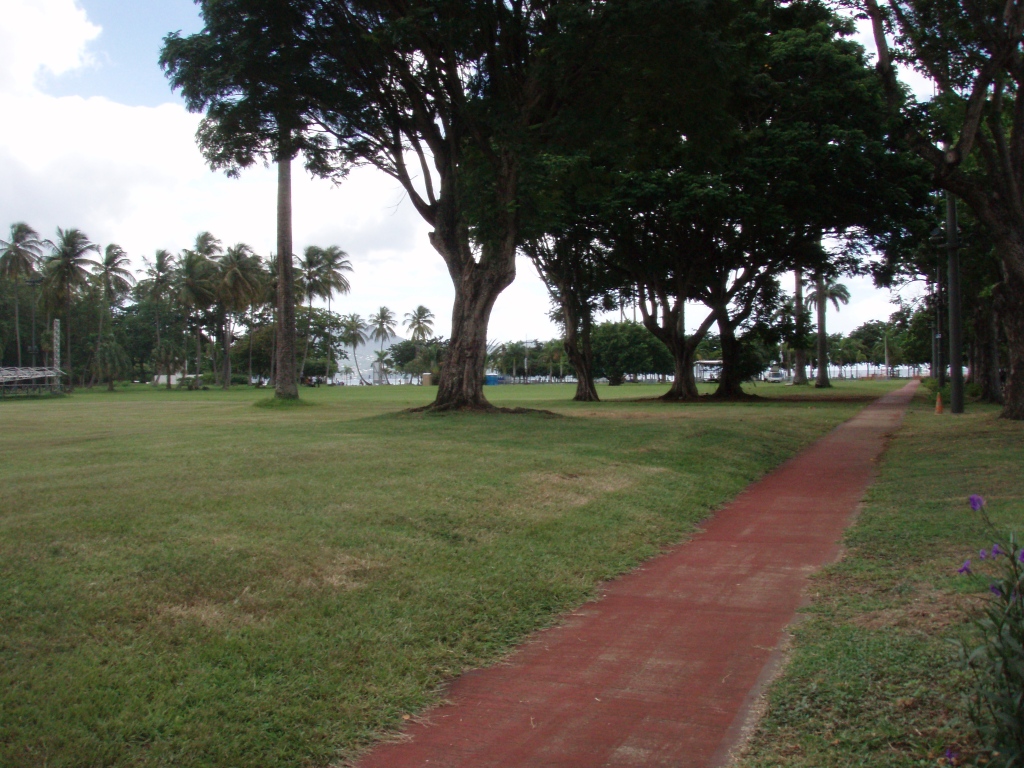
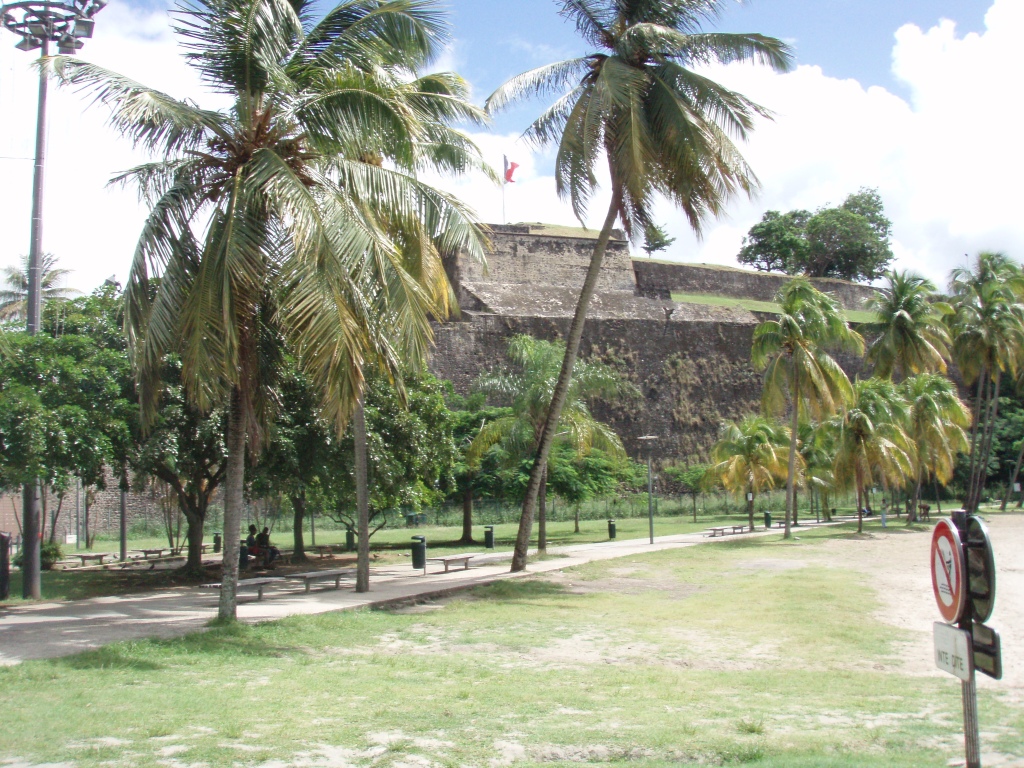
All these are definitely worth doing, although the expedition to St. Pierre takes the longest. Perhaps the most evocative site in Martinique is the town of St. Pierre, situated on the northwest coast under the brooding volcano, Montagne Pelee. In May 1902, this volcano erupted, killing all but one, (he had been thrown in jail the night before for drunkness) of the towns 30000 inhabitants and devastating what was known as the ‘Paris of the Antiles’. Many of the ruins of this sophisticated and fun-loving place, such as its grand theatre and main church, lie just as they have for more than a century. A new town has grown up through the rubble of the old, with cafes and restaurants along the black sand beach and smart promenade, to refresh the curious visitor. There is a restored covered market on the waterfront and the local tourist office organisers festinating tours on the historic ruins the music work analogue but as graphic images and artifacts such as a church bell twisted by the heat of the volcano from before and after the cataclysm and explain how modern science has made a repetition of the disaster impossible.
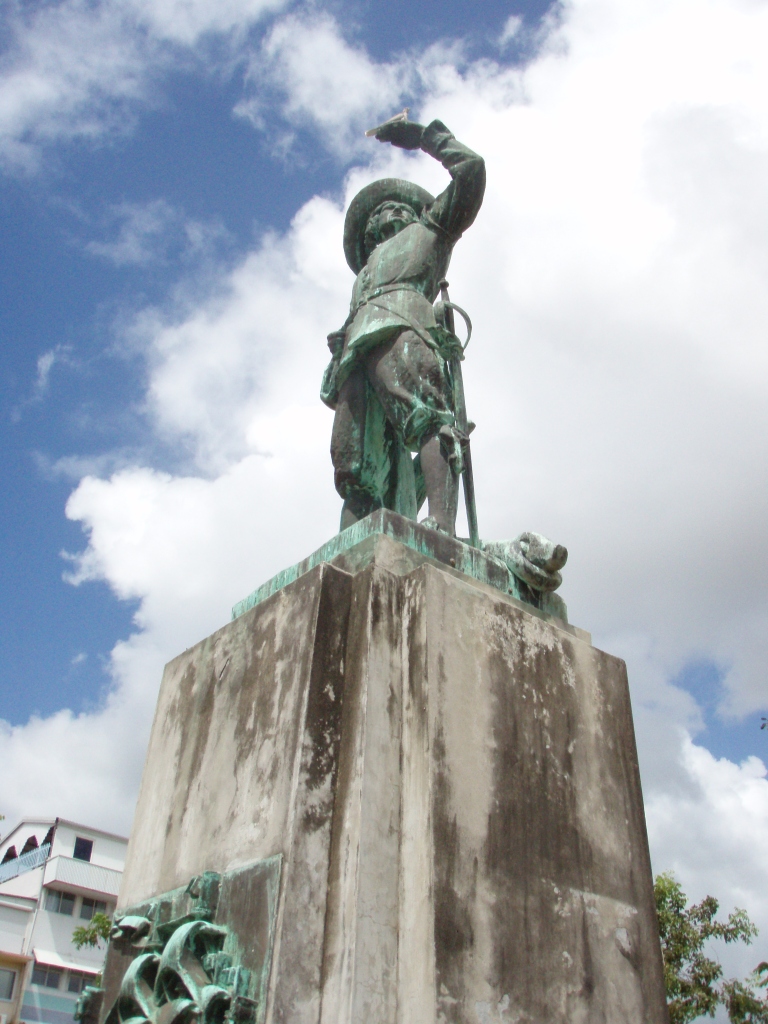
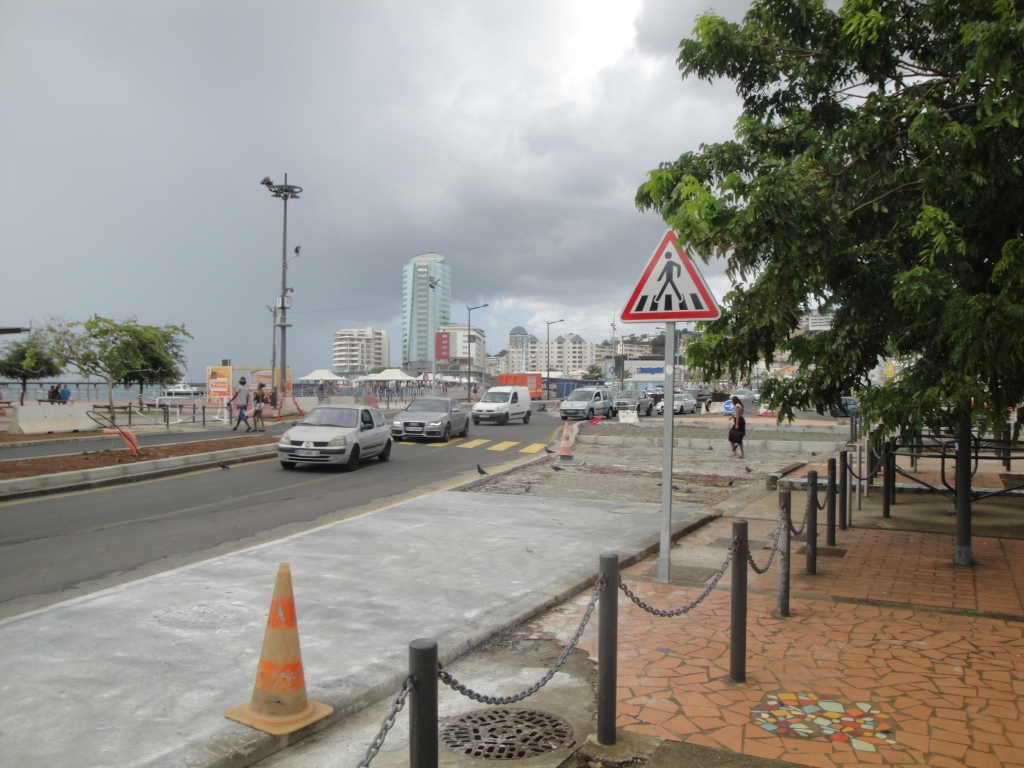
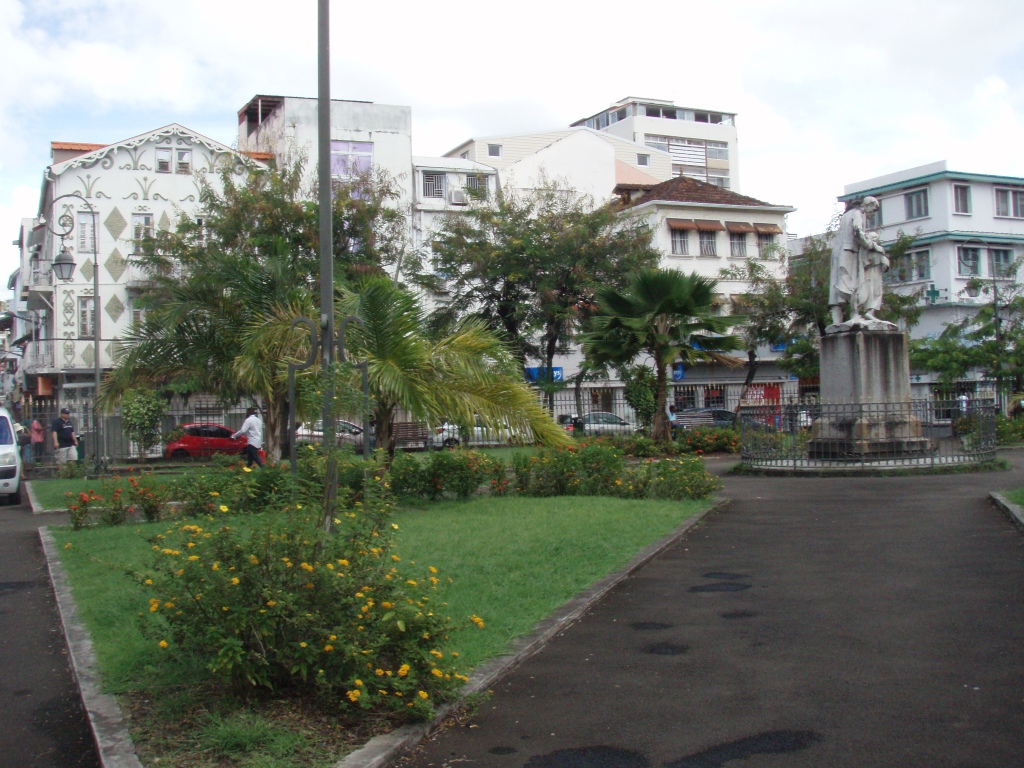

Martinique is dotted with sugar plantations and rum distileries, producing the world famous ‘rum agricole’, a white rum made from sugarcane juice rather than molasses. Most are open for free visit, but you will be encouraged to taste and buy some of the potent liquor.
The Destillerie Depaz, north of St Pierre, offers a well market trail through each stage of rum manufacturing.
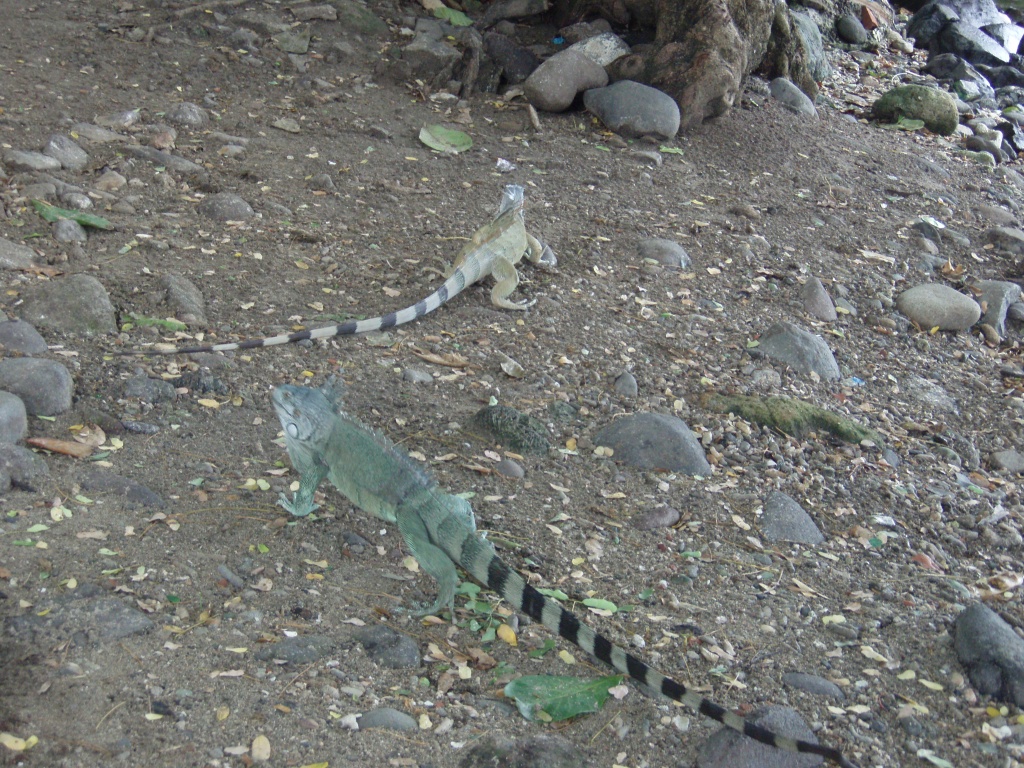
Those more interested in tropical flora should take a tour to the Jarden de Balata, on the step, twisting Route de la Trace, which cuts through the rainforested mountains north of Fort-de-France to La Morne Rouge. At their best after the rainy season at the end of the year, these gardens have a stunning collection of flowers, exotic trees and shrubs. Nearby, the Eglise de Sacre Coeur is a smaller but almost exact replica of the Parisian original, standing among tropical foliage with spectacular mountain views.
Promotion:


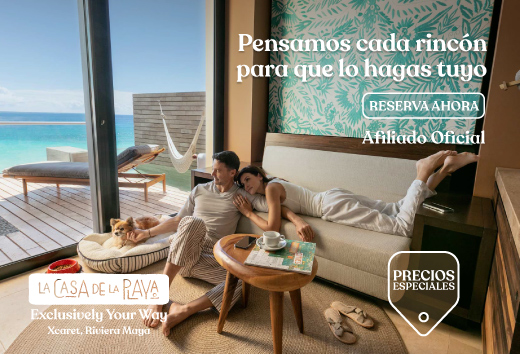
Keywords: #fortdefrance #martinique #caribbean #travel #booking #experience #french #LaMorneRouge #EglisedeSacreCoeur #tourist
Other simiar stories: Cozumel and east mexican coast Caribbean Virgin Gorda X-caret

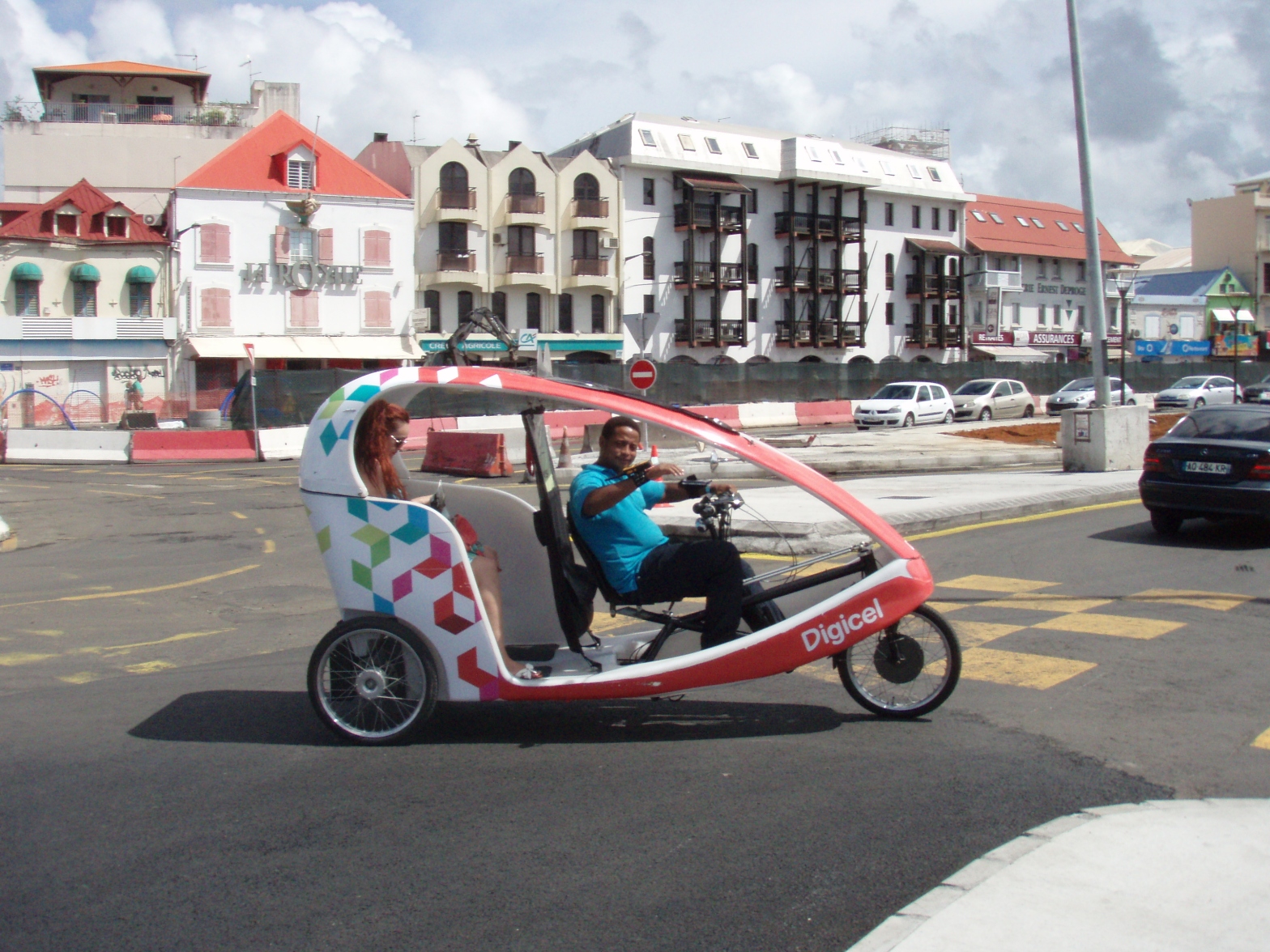
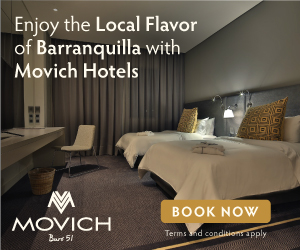
2 thoughts on “Little Tropical piece of Europe”